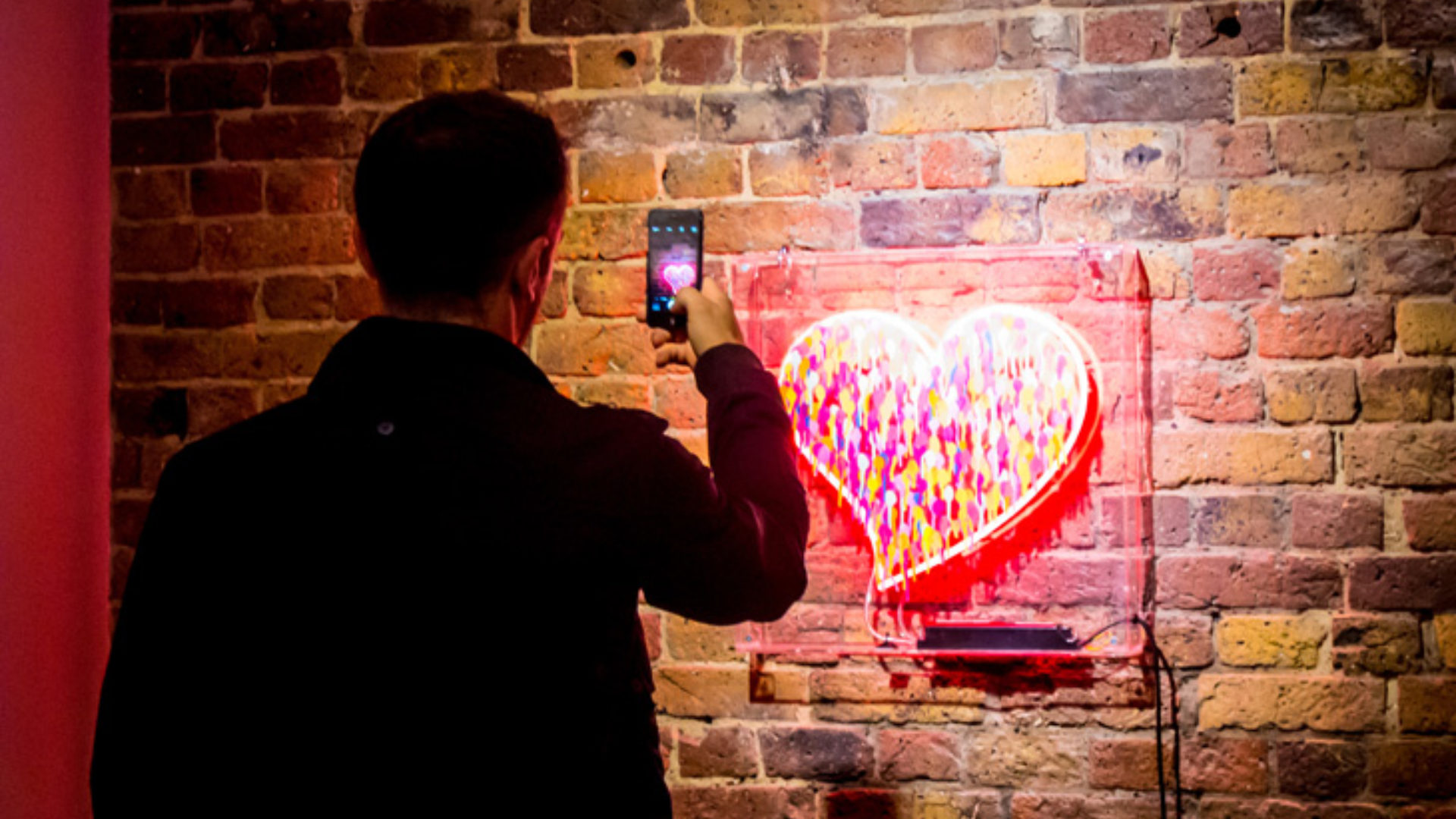Stimulating Young People’s Interest in Cultural Institutions Using New Media
November 12, 2015
Stimulating Young People’s Interest in Cultural Institutions Using New Media

Digital Media, Cultural Institutions and Young People
Can cultural institutions do more to engage the Digital Generation? Chantal Pinkham (Education Community Projects Lead at Blippar) believes new technologies such as Blippar can convert young people’s negative perceptions.
Technology is continually changing the way in which we pursue, discover and acquire knowledge. Today’s digital generation expects media-rich learning environments that create immediate, stimulating and exploratory experiences. They seek active participation and involvement in the learning process. Social networks, blogs, online gaming, smart phones and subsequent apps are all part of the core of the digital generation’s lifestyle. But are cultural organizations doing enough to adapt to these developments? Are they prioritizing digital innovation, are they doing so in the right direction, and if not, what should they focus on to avoid alienating younger audiences?
The Situation Today
The industry accepts the growing disengagement between young people and cultural institutions. Museums, art galleries and heritage sites often struggle to lure young people through their doors, without the direction of either a teacher or a parent. Cultural institutions are aware of this issue and are increasingly trying to appeal to young, often hard-to-reach audiences.
Research results on young people’s attitudes towards traditional cultural institutions are generally negative, regularly labelled as old fashioned, slow-moving, upmarket and even boring. Digital natives have a much higher inclination to take part in activities that are interactive, collaborative and connected, involving a range of multimedia.
One of the over-arching themes to appear in these studies is that the digital generation finds it hard to identify with the pedagogy of traditional cultural institutions. Museums and art galleries have attempted to address this issue through youth engagement programs, often via their education departments. As meaningful and successful as these programs often are, they typically require significant dedicated resources, and are generally most effective when targeted at a specific group of young people. In order to have a scalable program that addresses universal youth engagement, institutions need to focus on systemic integration that can serve to entice today’s youth with new technologies they identify with.
Young People, Art and Technology
So does that mean that the traditional space is redundant for the digital generation? Can the traditional environment—a minimalist display, a placard of basic information in 2D, and an atmosphere of silent, individual reflection— captivate a generation used to media-rich, interactive and connected content?
The cultural industry is well aware that their adoption of new technologies has been sluggish, with 60% of arts and cultural organizations admitting that their organization are restricted in their engagement with digital technologies. This is largely blamed on the lack of staff time as well as a lack of funds. Understandably, the not-for-profit status that most cultural institutions work under mean those finances will always be constrained. However, as with the allocation of all finite resources, the first question should not be “How much do we have,” but rather “What are our priorities?”
Digital As A Bridge Not A Barrier
Digital should be seen as a bridge not a barrier, as a key priority for meeting objectives rather than a “nice-to-have” afterthought. Adaptation to digital technologies does not have to be an arduous task. There are many simple and effective ways in which to keep the aesthetics of the traditional exhibition environment, whilst at the same time making it relevant and interesting to the digital generation. Augmented Reality (“AR”) is the perfect example of how an institution can connect physical images and objects with media-rich content, unlocking a digital layer that audiences can explore without leaving or otherwise disrupting the physical space.

The technology is accessible— from financial and resourcing perspectives—to all institutions, from globally renowned museums to local art galleries. For example, the the Lollipop Gallery in Shoreditch used the Blippar platform to improve the static placards typically pasted next to paintings. The user experience was extremely simple—pointing a mobile device at the artwork triggered interactive AR buttons, which revealed important explanatory information about the work, commentary and behind-the-scenes footage of the artist’s creative process.

Within a traditional space, institutions can still embrace the language of the digital generation: they can unlock the processes behind the displayed art, appealing to visitors who want to access that supplementary layer of digital space. Tools such as Blippar can be the perfect technology to combat young peoples negative perception about traditional cultural institutions being one-dimensional, linear experiences.

This post originally appeared on CreateHub. If you would like to get in touch with Blippar to turn your next museum, art or cultural exhibition into an engaging digital experience contact us at education@blippar.com.


